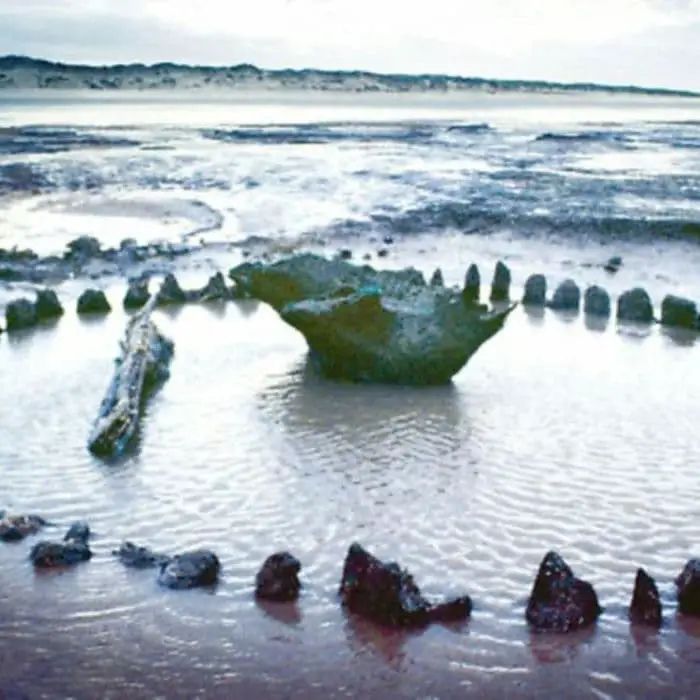
Seahenge, a remarkable Bronze Age timber circle discovered in 1998 on the Norfolk coast, has intrigued and fascinated archaeologists and the public alike. Dating back approximately 4,000 years to around 2049 BC, Seahenge consists of 55 oak posts arranged in a circular pattern, with an upturned oak tree stump at its center.
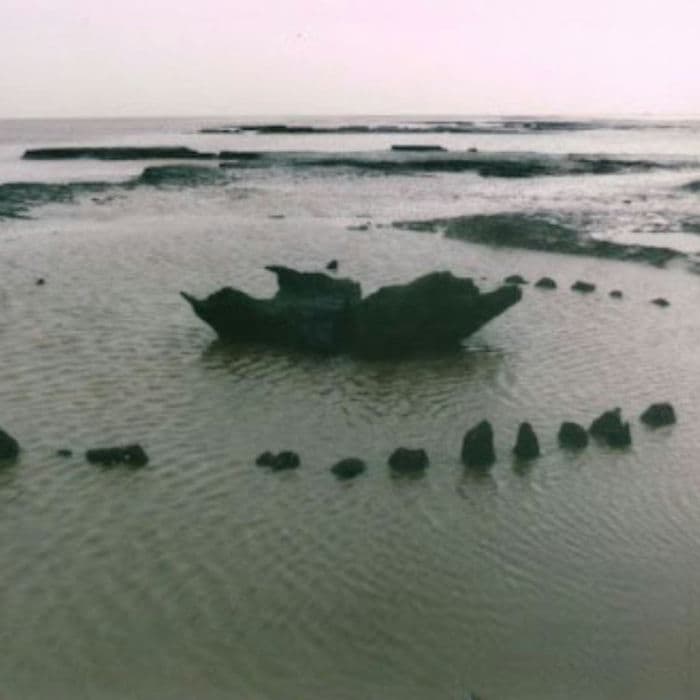
Originally built on a saltmarsh away from the sea, Seahenge was gradually covered by sand and peat over the millennia, protecting it from decay. The rising sea levels eventually advanced, leading to the uncovering of the circle due to coastal erosion.
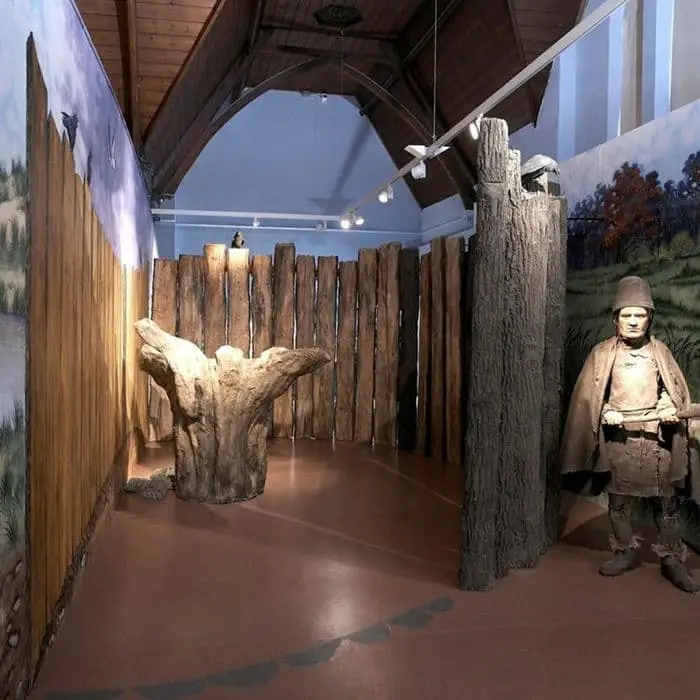
The purpose of Seahenge remains uncertain, though theories suggest it may have served as a mortuary enclosure for excarnation or as a meeting place akin to a henge monument. The deliberate arrangement of the timbers, along with the unusual central stump, has sparked considerable interest and controversy.
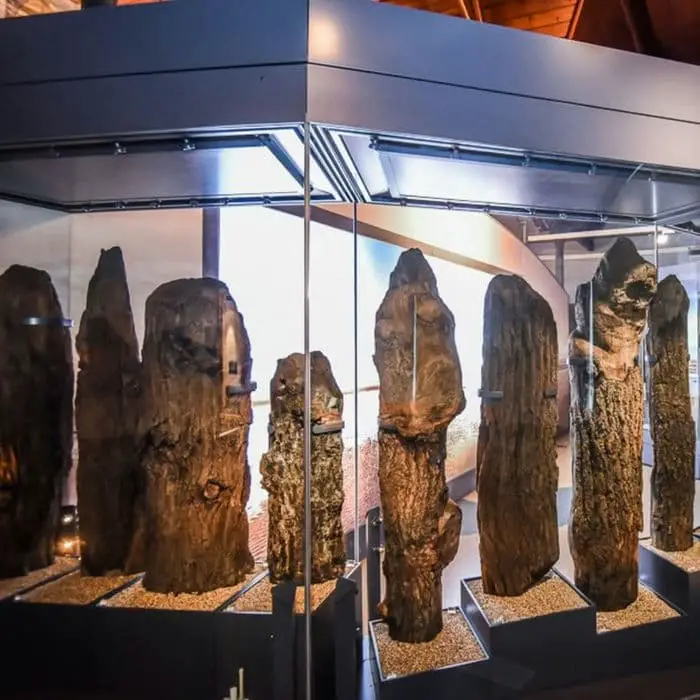
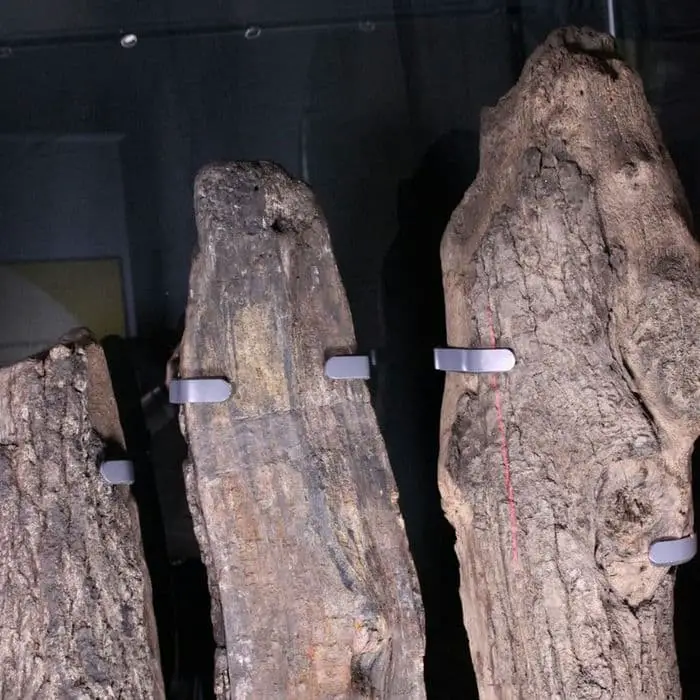
Excavation and preservation efforts faced challenges, particularly regarding the ethical considerations of relocating ancient monuments. Protesters expressed concerns about disturbing the site and debated the decision to move Seahenge’s timbers. Ultimately, the timbers were preserved and are now displayed at Lynn Museum in King’s Lynn.

The discovery of another nearby ring, known as Holme II, further added to the intrigue surrounding Seahenge. Holme II consists of two concentric timber circles surrounding a pit containing oak logs, dating to the same period as Seahenge. This discovery marked the first time that two adjacent prehistoric monuments were found to have been built together.
While Seahenge’s relocation sparked debate and criticism, it has also generated significant interest and appreciation for Bronze Age history and archaeology. The site’s significance and unique features continue to captivate researchers and visitors alike, offering insights into ancient beliefs and practices.

